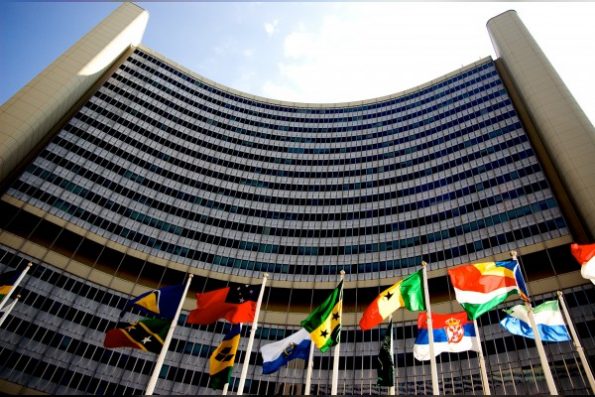
Jean-Paul Gagnon: What is ‘seachange’ and where in the world is this happening?
Nicholas Osbaldiston: This is an important question and one that deserves teasing out. For one, the phenomenon of seachange involves a type of urban and suburban escapism. In particular, it’s the movement of people, across a number of countries in mainly the developed world, who have become disaffected with the environment they live in within the confines of the metropolis into regions traditionally left behind in the progress of modernisation. Now the fundamentals of the movement were once aligned to other collective attempts at alternative styles of consumption and lifestyle, such as voluntary simplicity (Elgin 1981), downshifting (Schor 1998; Hamilton 2003) and some of the slow movements (Parkins and Craig 2006). Seachange was not just a physical shift but also an individual shift in ideas, values and conceptions about the ‘good life’. Often people who under took a seachange completely transformed careers, consumption habits and social relations. For instance, I have talked through my years researching the topic to people who were once high flyers (career-wise) in major capital cities that in their new regional location started cafes, restaurants, boutiques, life-coaching and bed and breakfast accommodation. The transformation was very much attuned to this idea of ‘seachanging’ one’s entire life through geographical location.
As the movement has grown older however, these foundations have been lost through a process of marketing and mass public interest. Nowadays, at least here in Australia, you often hear of people performing a ‘seachange’ but it is understood as simply a shift towards the coast; hence why researchers and real estate specialists now refer to the movement towards the country/bush as ‘treechange’. The movement was never merely about an escape from the city to the beach to live the lap of luxury. It was originally designated as a genuine attempt to recover something lost in the messy social world we embrace in urban/suburban social life. Furthermore, it was never something entertained solely by the middle classes. However now, it would seem that seachange is predominantly a middle class phenomenon. This is evident in the work of Michaela Benson (2012) (amongst others) who wrote an exquisite ethnographic account of what the Europeans call ‘lifestyle migration’ in her book The British in rural France: Lifestyle migration and the ongoing search for a better way of life.
Published in Political Reflection Magazine Vol. 3 No. 2




